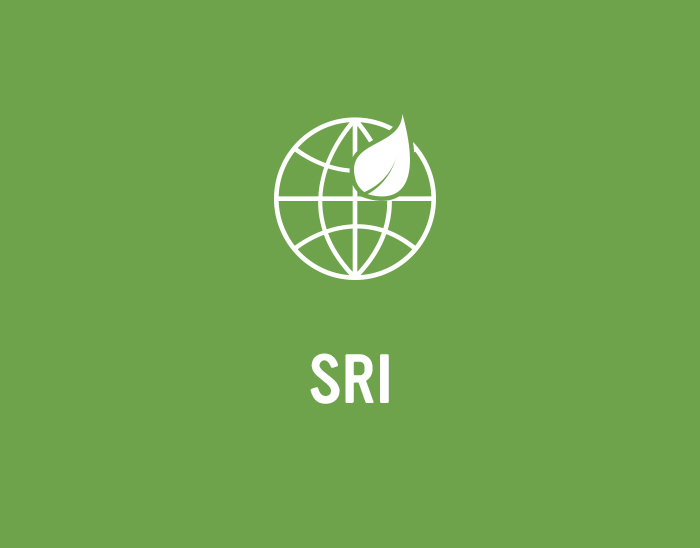
News

Infrastructure measures in Australia's federal budget are weighted on the side of incentivising states to recycle assets, though some new funding has been found. Government rhetoric on fiscal consolidation, meanwhile, has not fed through into radical changes to projected federal government debt in the medium term. Budget surplus is not expected in the four-year forecast period and Commonwealth government securities (CGS) on issue are projected to start falling only in 2020-21.

National Australia Bank (NAB) reiterated that its capital position is comfortable at its May 8 half-year results announcement, despite a clutch of recent regulatory moves which add to the capital burden of the bank and its peers. NAB also updated its internal common equity tier-one (CET1) target, setting its goal at 0.75-1.25 per cent above the new regulatory minimum for domestic systemically important (D-SIB) banks.

The Reserve Bank of Australia (RBA) kept the official cash rate (OCR) on hold – at 2.5 per cent – at its monetary policy committee (MPC) meeting on May 6, to the unanimous expectation of analysts and markets alike. Some analysts say that, as the final rate decision ahead of the 2014-15 federal budget on May 13, the May RBA statement – and decision – implies a central bank that is as satisfied as it can be with the level of policy.

Among the 86 key recommendations in the final report of the National Commission of Audit (NCA) on Australia's fiscal position, released on May 1, are five addressing the fiscal imbalances that exist in the current Commonwealth-state relationship. Some analysts believe these recommendations, if adopted, have the potential to radically change the financial relationship between Australia's central and regional government – and thus related capital markets.

The Australian Prudential Regulation Authority (APRA) opened a consultation period on its latest proposals for a simplified Australian securitisation regime on April 29. The regulator revealed at the same time that it plans to consult the market on the regime again in 2015 and is targeting implementation in 2016.

New Zealand's opposition Labour Party proposed a raft of new economic measures on April 29, including changes to the KiwiSaver savings scheme to make it – like its Australian equivalent – compulsory for paid employees. The system currently operates on a voluntary opt-in basis, and KiwiSaver data says just fewer than 2.3 million New Zealanders, or roughly half the population, were members by March this year.

The Reserve Bank of New Zealand (RBNZ) raised the official cash rate (OCR) – by 25 basis points, to 3.00 per cent – for the second time in two rates decisions on April 24. Analyst commentary following the decision focuses on the downside developments which have been added to RBNZ commentary, but the clear expectation remains that further hikes will follow including at the next rates decision in June.

Issuer, investor and intermediary participants in the Australian domestic market's first-ever green bond transaction say the product is not simply one for specialist socially responsible investment (SRI) portfolios. In fact, the growth of sustainability targets across the Australian investment landscape – especially in the industry superannuation funds sector – is driving widespread excitement about the prospects for the green-bond asset class.

A number of submissions to Australia's financial system inquiry (FSI) encourage the government to play a role in the further development of the country's structured-finance market, noting the important role of securitisation in particular as a supporter of competition in the financial sector. Master trusts, the covered-bond issuance cap, Australia's limited range of regulatory high-quality liquid assets (HQLAs) and capital relief for securitisation also feature.

Arguably the hottest debate in submissions to Australia's financial system inquiry (FSI) concerns competition in the banking sector. A raft of documentation provided by smaller banks and non-bank financial institutions (FIs) seeks to demonstrate to the inquiry that the Australian system provides unfair advantages to the big four. The major banks themselves, meanwhile, largely insist the system has no need for major change to promote competition.

Many submissions to Australia's financial system inquiry (FSI) include some discussion of what is perceived in many quarters to be a problem with the country's superannuation system: its failure to provide a product suite to support the increasing cohort of post-retirement savers. Proposed solutions are multifarious, but many are based on a request for superannuation-sector innovation to be promoted rather than hindered.

A number of submissions to Australia's financial system inquiry (FSI) discuss the issue of asset allocation within the country's superannuation system – including the perception that allocation to income assets is too low. Proposals mainly focus on taxation and investor education, while Industry Super Australia (ISA) lays out a root-and-branch assessment of the superannuation system with a raft of proposals designed to facilitate longer-term investment.
